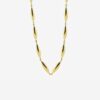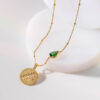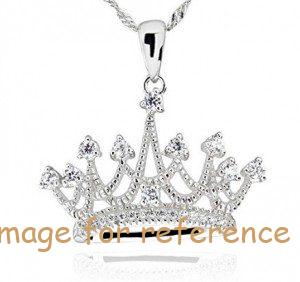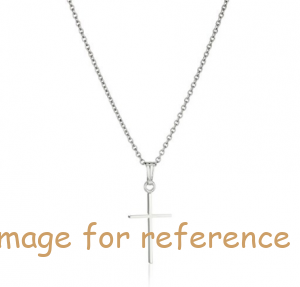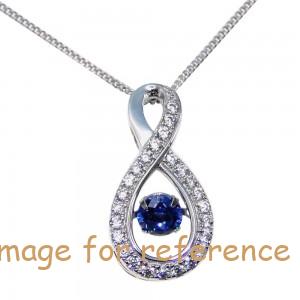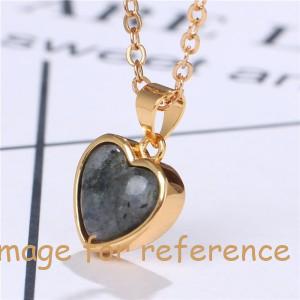Produkující vysoce kvalitní piercing stříbrné šperky S925 v Jinginging
OEM/ODM Výrobce šperků design vlastní vaše vlastní šperky
Začněme : MO@kingjy.com
Produkující vysoce kvalitní piercing stříbrné šperky S925 v Jinginging
Abstraktní
This paper explores the key factors involved in producing high-quality S925 silver piercing jewelry. By analyzing material selection, design philosophy, výrobních procesů, a kontrola kvality, it reveals the specialized techniques required to create exceptional body jewelry. Research shows that strict adherence to 925 silver purity standards, innovative design approaches, precizní řemeslné zpracování, and a comprehensive quality assurance system are essential for superior product outcomes. This study provides practical technical guidance and industry insights for jewelry manufacturers, enhancing the market competitiveness of S925 piercing jewelry.
Klíčová slova: S925 silver jewelry, body piercing jewelry, manufacturing process, Kontrola kvality, design šperků, 925 silver purity
Zavedení
In the contemporary jewelry market, S925 silver piercing jewelry has gained significant popularity due to its unique artistic value and wearability. High-quality piercing jewelry must not only exhibit exquisite design but also meet stringent material standards and biocompatibility requirements. This paper systematically examines the entire production process of premium S925 piercing jewelry—from material selection to the finished product—highlighting critical technical aspects and quality assurance methods. It serves as a professional reference for industry practitioners.
1. Výběr a příprava materiálu
The foundation of high-quality S925 piercing jewelry lies in meticulous material selection. 925 stříbro, slitina sestávající z 92.5% čisté stříbro a 7.5% jiné kovy (obvykle měď), is the internationally recognized standard for silver jewelry. This composition retains silver’s desirable properties while improving durability. Suppliers must rigorously verify silver purity through Rentgenová fluorescence (Xrf) testování to ensure compliance with the 92.5% norma.
Navíc, piercing jewelry requires biocompatible materials since it comes into direct contact with healing wounds. Nickel must be strictly avoided due to its allergenic properties. Místo toho, hypoallergenic alternatives such as zlato, platina, nebo pokovování rhodium are preferred for surface finishes. Nastavení drahokamů (if used) should also utilize non-irritating materials like surgical-grade titanium or niobium for sensitive wearers.
2. Design Philosophy and Innovation
High-end piercing jewelry must balance estetika, functionality, a nositelnost. Designers must consider:
-
Anatomical fit: Jewelry for different piercing locations (ears, nose, pupek, atd.) requires specific shapes, měřidla, and weights for comfort.
-
Ease of cleaning: Smooth surfaces and minimal crevices prevent bacterial buildup.
-
Modularity: Interchangeable components allow customization, enhancing consumer appeal.
Innovation is key—designs inspired by nature, geometric patterns, or cultural motifs can differentiate brands in a competitive market. Minimalista, lehké designy jsou trendy, catering to consumers seeking subtle elegance.
3. Manufacturing Processes and Techniques
3.1 Casting and Shaping
-
Lití ztraceného vozu is commonly used for intricate designs, ensuring precision.
-
CNC obrábění may be employed for high-precision components.
3.2 Konečná úprava a leštění
-
Hand-filing and sanding remove imperfections before polishing.
-
Multi-stage polishing (from coarse to fine abrasives) achieves a Zrcadlové povrchové úpravy.
3.3 Surface Treatments
-
Elektroplatování with rhodium or gold enhances durability and aesthetics.
-
Oxidation treatments create antique or blackened effects.
3.4 Gemstone Setting (Pokud je to možné)
-
Micro-pave or bezel settings secure stones without sharp edges.
4. Quality Control and Testing
A stringent QC system ensures every piece meets industry standards:
-
Material verification (XRF testing for silver purity).
-
Kontrola rozměrové přesnosti (using calipers and gauges).
-
Surface inspection (under magnification for scratches or defects).
-
Biocompatibility testing (to prevent skin irritation).
-
Zkoušky odolnosti proti zašpinění (ensuring long-lasting shine).
Each piece should undergo ultrasonic cleaning and sterilization před balením.
5. Market Positioning and Branding
High-quality S925 piercing jewelry targets fashion-conscious consumers and professional piercing studios. Effective branding strategies include:
-
Storytelling (highlighting craftsmanship and ethical sourcing).
-
Vzdělávací obsah (proper aftercare instructions).
-
Collaborations with piercing artists to build credibility.
E-commerce platforms should provide detailed product descriptions, sizing guides, and high-resolution images to assist buyers.
6. Závěr
Producing premium S925 piercing jewelry demands expertise in metallurgy, design, and precision manufacturing. By adhering to strict material standards, embracing innovative designs, and implementing rigorous quality control, manufacturers can establish a strong market presence. Future advancements may include sustainable silver sourcing, smart jewelry integration, and 3D-printed custom designs, shaping the next generation of body jewelry.
Reference
-
Smith, J. Advanced Silver Jewelry Manufacturing. Jewelry Press, 2021.
-
Lee, H. “Biocompatibility in Body Jewelry.” Journal of Piercing Arts, 2020.
-
Garcia, M. Precision Casting Techniques. Metalsmith Publishing, 2019.
-
ASTM B563 Standard Specification for Palladium-Silver Alloys for Jewelry.
-
ISO 10993 Biological Evaluation of Medical Devices.
(Poznámka: References are illustrative; verify with actual sources.)

